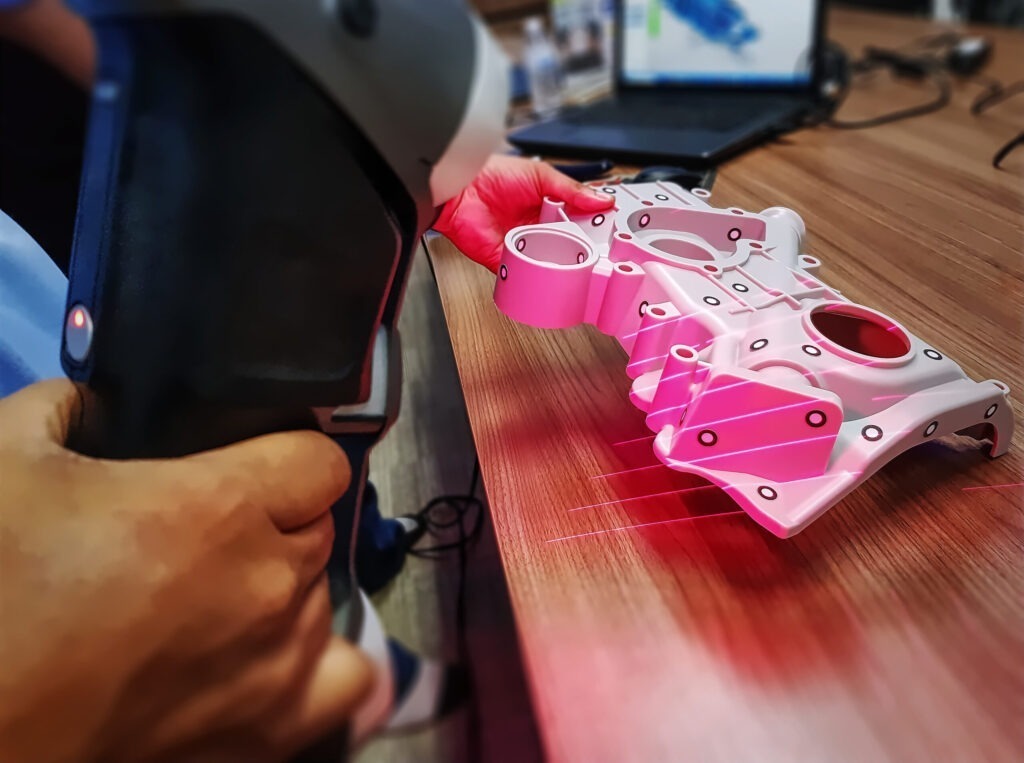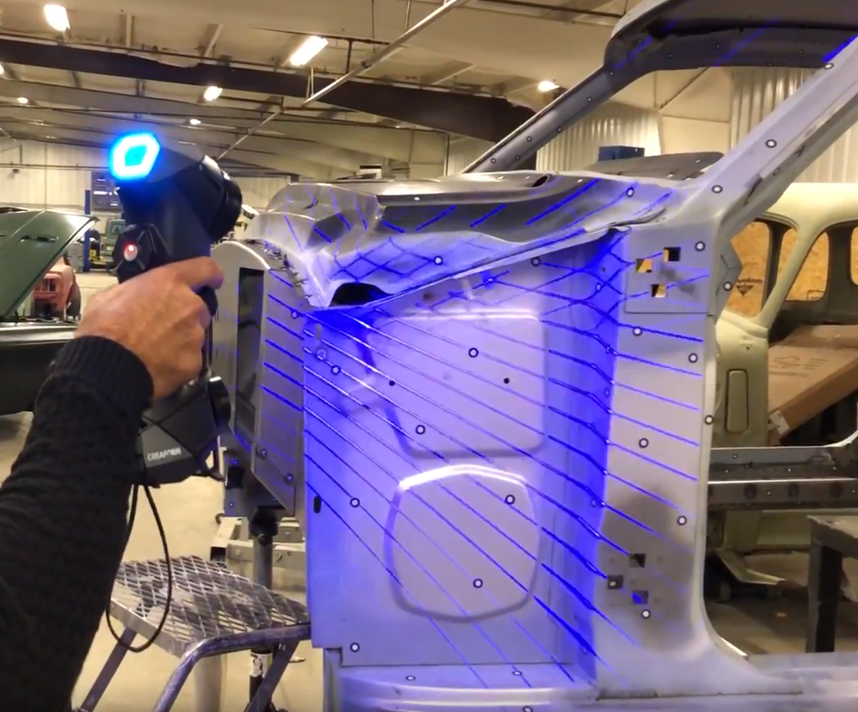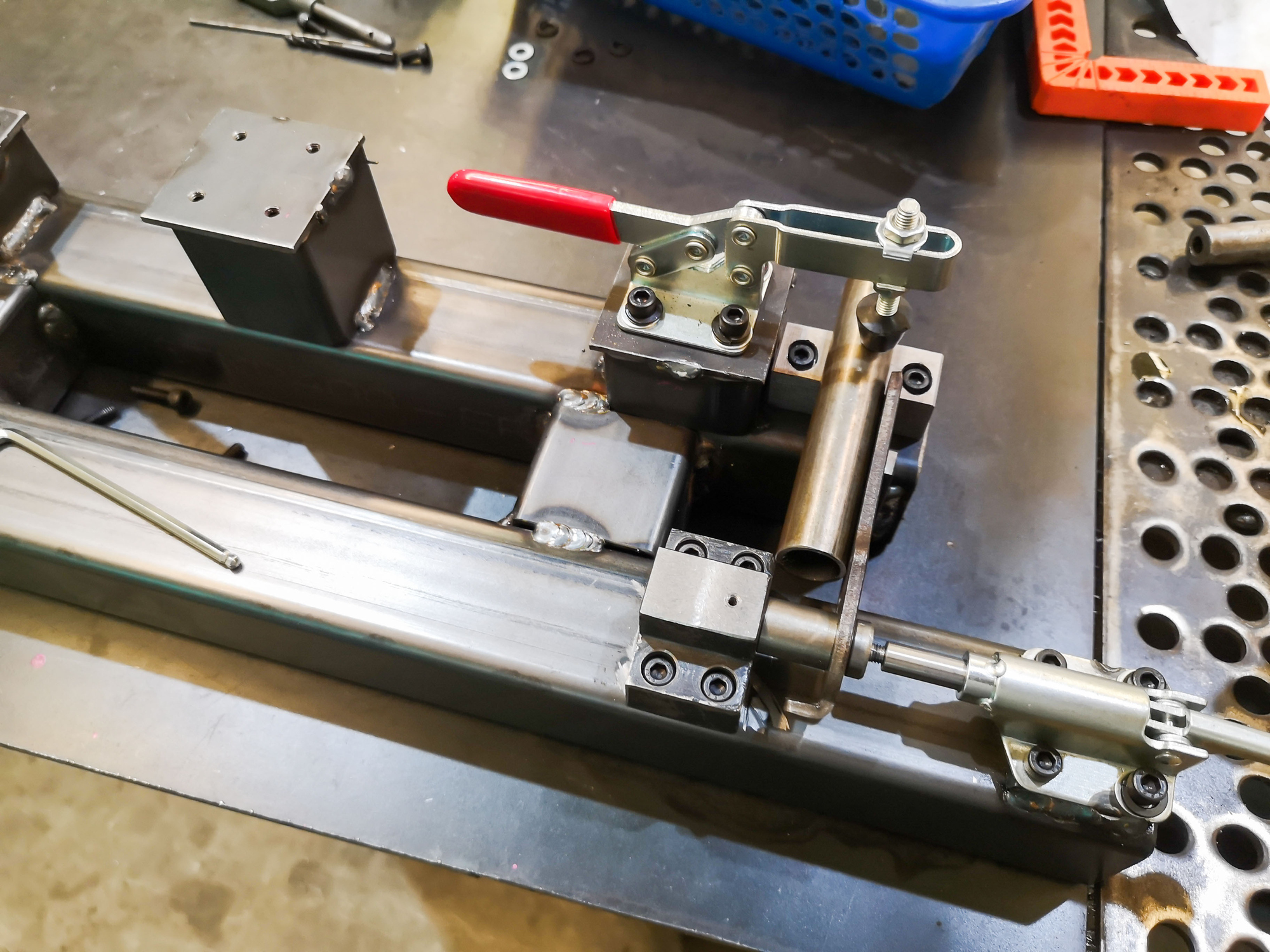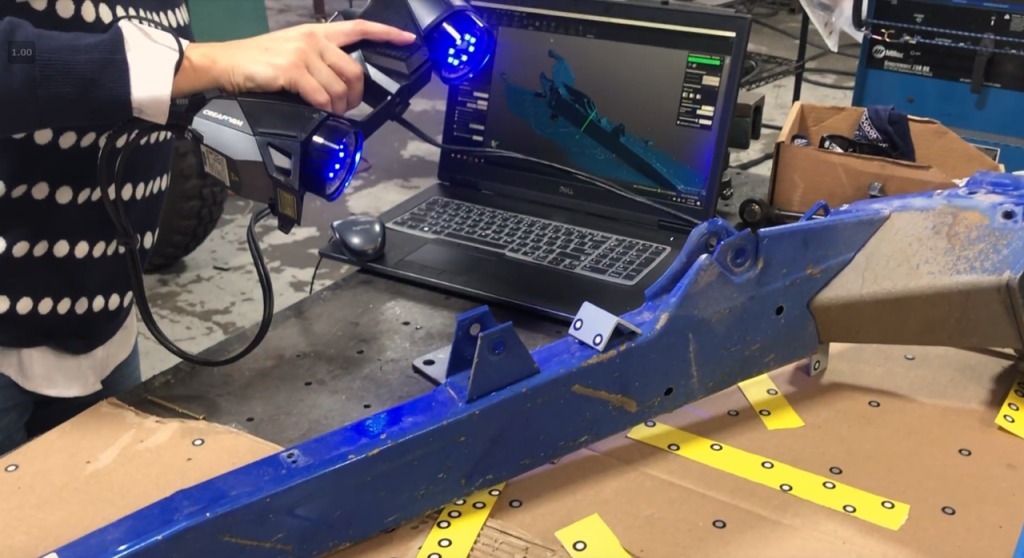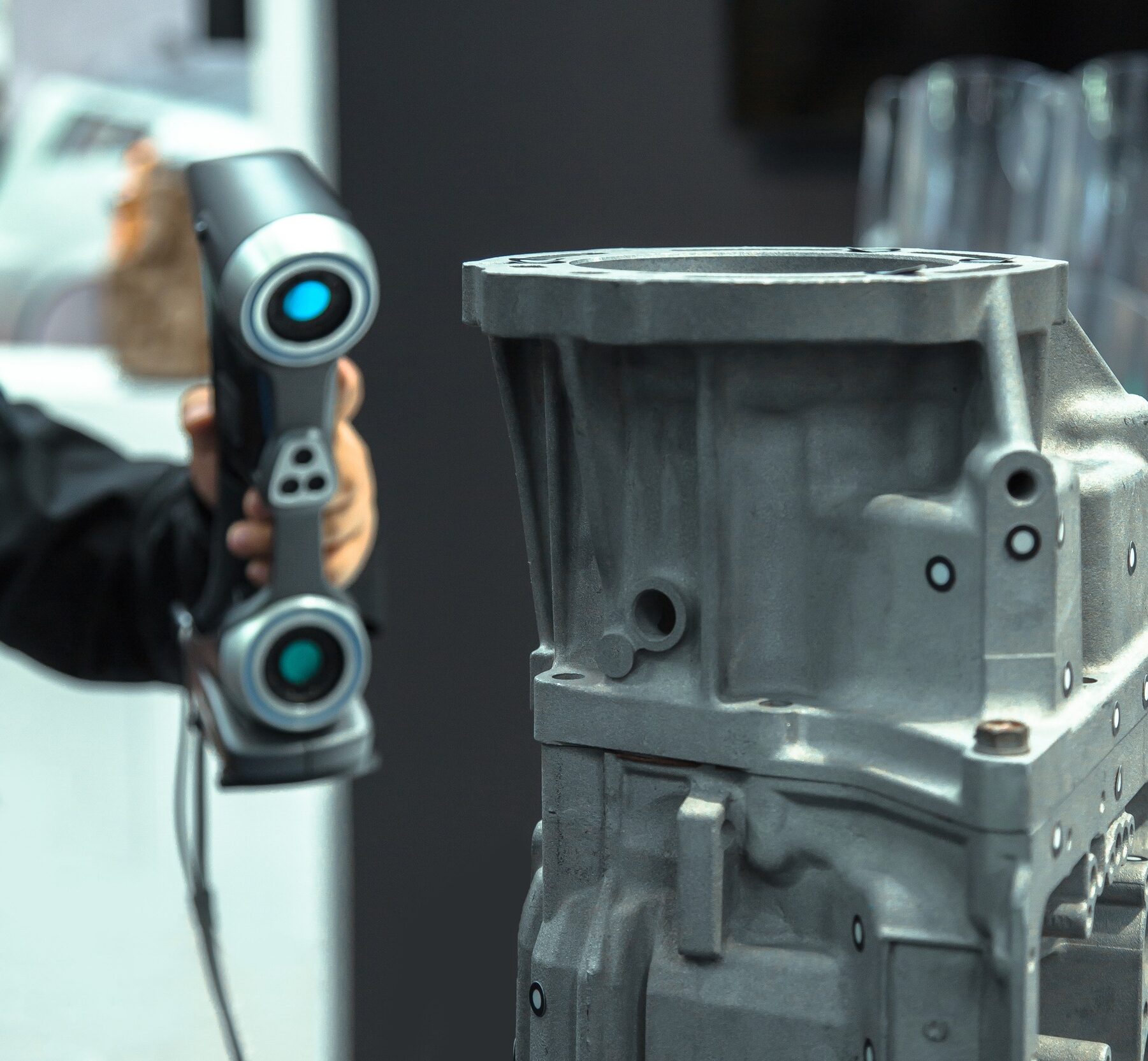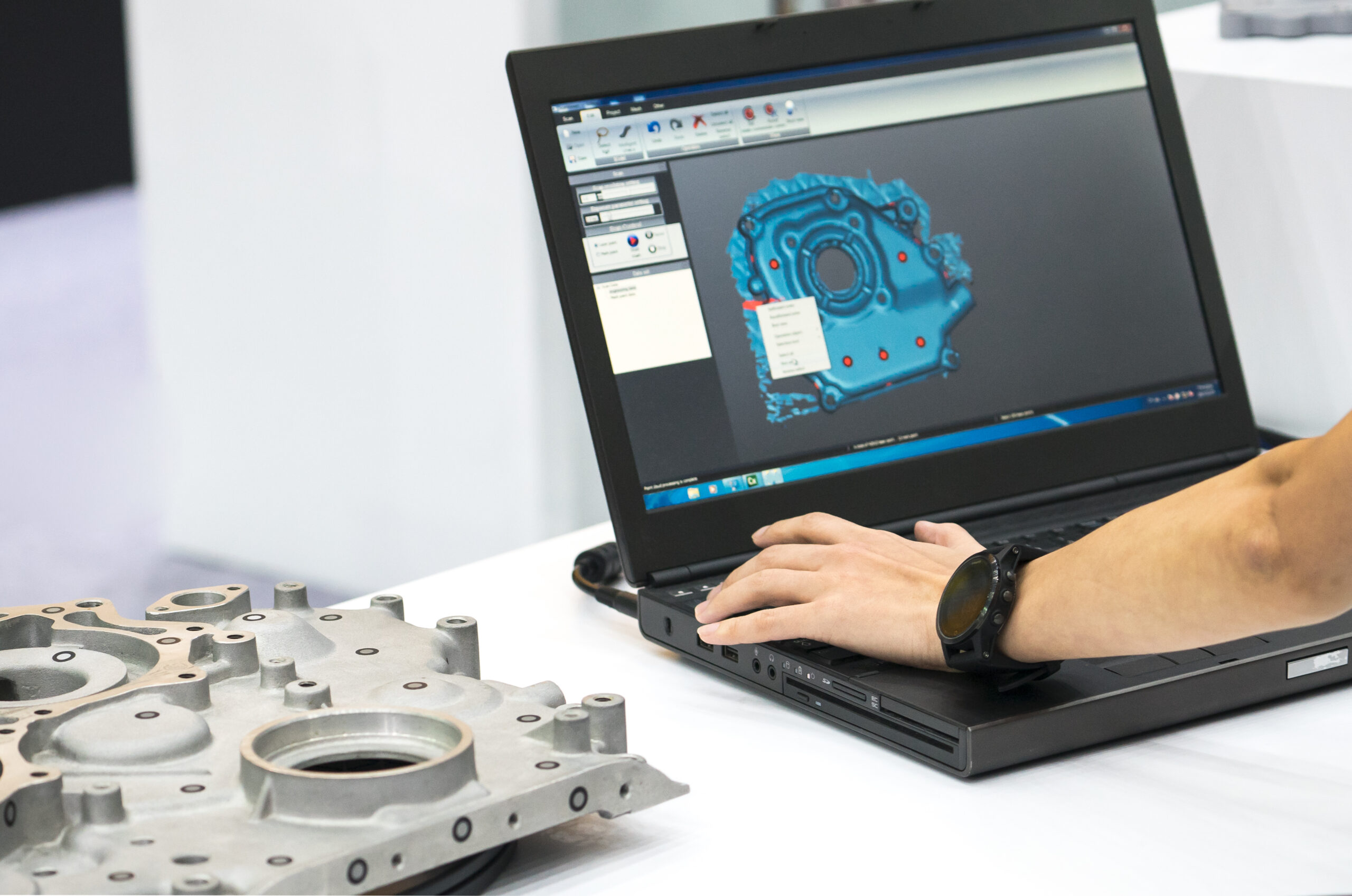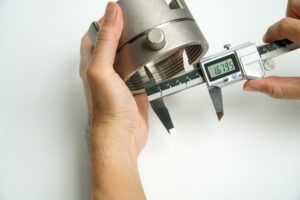
In the ever-evolving landscape of technology, the concept of reverse engineering has become a pivotal force, unlocking a realm of possibilities and innovations.
In this exploration, we delve into the intricate world of reverse engineering 3D scanners, where precision meets creativity, and innovation knows no bounds.
What is Reverse Engineering?
At its core, reverse engineering is the process of dissecting a product or system to understand its structure, functionality, and behavior.
This practice allows engineers and innovators to unravel the mysteries of technology, paving the way for improvements, adaptations, and innovations.
In terms of 3D laser scanning, reverse engineering refers to the process of analyzing and reconstructing a physical object or environment into a digital model using laser scanning technology.
Laser scanning is a non-contact method that captures the shape and details of objects by emitting laser beams and measuring the time it takes for the beams to reflect back.
This information is then used to create a detailed and accurate three-dimensional representation of the scanned object or scene.
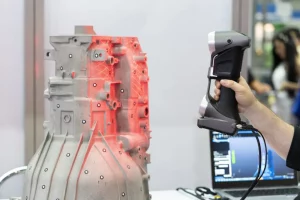
Thankfully, there is no need for calipers any more. 3D laser scanners record data that is ultra-precisein resolution, accuracy, and detail.
The Role of Reverse Engineering in 3D Scanning
In the realm of 3D scanning, reverse engineering plays a vital role in reshaping and redefining the capabilities of these sophisticated devices.
3D scanners, whether based on laser, structured light, or photogrammetry technologies, serve as powerful tools for capturing the physical world in intricate detail.
However, it is the process of reverse engineering that propels these scanners intonew dimensions of utility and adaptability.
Applications of Reverse Engineering in 3D Scanners
The applications of reverse engineering in the context of 3D scanners are vast and transformative.
From replicating existing objects for archival purposes to enhancing the design and functionality of products, reverse engineering opens doors to innovation.
Industries such as manufacturing, aerospace, and entertainment harness the power of reverse engineering 3D scanners to streamline processes, improve product development, and unleash creative potential.
Key Terms and Concepts of Reverse Engineering 3D Scanners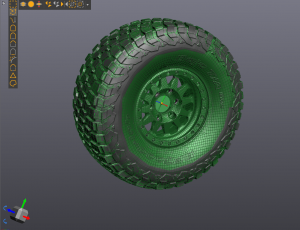
Before we dive deeper, let’s familiarize ourselves with some key terms and concepts integral to the world of reverse engineering 3D scanners:
Point Cloud:
A collection of data points in 3D space, representing the external surface of an object. Point clouds are the foundation of data generated by 3D scanners.
CAD (Computer-Aided Design):
The use of computer systems to assist in the creation, modification, analysis, or optimization of a design. Reverse engineering often involves the integration of scanned data into CAD software for further manipulation.
Mesh:
A 3D representation of the surface of an object, constructed from a network of vertices, edges, and faces. Mesh models are commonly used in reverse engineering for visualization and analysis.
Accuracy vs. Resolution:
While accuracy refers to the closeness of measurements to the actual values, resolution is the level of detail that a 3D scanner can capture.
Striking the right balance between accuracy and resolution is crucial in reverse engineering.
The Significance of Reverse Engineering in 3D Scanners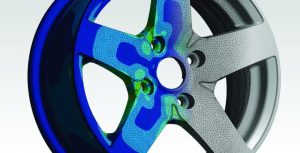
Why does reverse engineering matter in the context of 3D scanners? The answer lies in the ability to breathe new life into existing technologies and data.
By reverse engineering via 3D scanner, engineers can uncover its inner workings, optimize its performance, and even integrate additional features.
In product design and development, reverse engineering allows for the recreation of physical objects in a digital environment.
This process enables manufacturers to analyze and improve existing products or create entirely new iterations based on scanned data.
Moreover, in industries where legacy equipment may lack digital documentation, reverse engineering becomes a crucial tool for preserving and upgrading these assets.
This not only extends the lifespan of valuable machinery but also ensures compatibility with modern systems.
The Reverse Engineering Process: Peeling Back the Layers
Now that we’ve scratched the surface of reverse engineering 3D scanners, let’s delve into the intricate process that transforms raw data into actionable insights and innovations.
The reverse engineering of 3D scanners is akin to peeling back the layers of an onion, revealing the essence of each component and its interplay within the system.
Data Acquisition: The Foundation of Reverse Engineering
At the heart of reverse engineering 3D scanners lies the critical phase of data acquisition. This involves capturing the physical world in meticulous detail, generating what is known as a “point cloud.”
3D scanners employ various technologies, from lasers and structured light to photogrammetry, to collect this data.
Understanding the nuances of data acquisition is paramount. Factors such as scanning distance, angle, and lighting conditions can significantly impact the quality of the point cloud.
Engineers must master the art of optimizing these variables to ensure an accurate representation of the scanned object.
Data Processing and Analysis: Transforming Raw Data into Insight
Once the point cloud is obtained, the next phase involves processing and analyzing the data.
This step includes converting the raw point cloud into a more manageable and usable format, often involving the creation of a mesh model.
This is the post processing step.
Mesh models provide a 3D representation of the object’s surface, allowing for visualization and further analysis.
In the realm of reverse engineering 3D scanners, precision is key. Engineers use specialized software to align, clean, and refine the data. This ensures that the digital model accurately reflects the physical object.
This process demands a keen eye for detail and a deep understanding of the intricacies of data manipulation.
Integration with CAD: Bridging the Physical and Digital Realms
A pivotal moment in the reverse engineering journey is the integration of the scanned data with Computer-Aided Design (CAD) software.
Essentially, this is the reverse engineering process; mesh to CAD conversion.
CAD serves as the canvas where engineers can breathe life into the digital representation of the scanned object.
This integration allows for modifications, enhancements, and the creation of entirely new designs based on the scanned data.
Understanding the symbiotic relationship between scanned data and CAD is essential.
Engineers must navigate the intricacies of aligning the point cloud with the CAD model. This ensures seamless integration and preserving the accuracy of the original scan.
What is the difference between a mesh and a CAD file? Read up on that here.
Challenges in Reverse Engineering 3D Scanners: Navigating the Complexity
While the reverse engineering process holds immense promise, it is not without its challenges.
A highly skilled design engineer is needed to understand the intricacies of mesh to CAD conversion. It is also the most time consuming portion.
Data needs to always be compared to the original object. Proper photos and understanding end goals of the project are pivotal to great CAD file creation.
Striking a balance between these variables is an ongoing challenge that engineers face in the pursuit of perfection.
Conclusion
As we conclude this exploration into the realm of reverse engineering 3D scanners, it becomes evident that this practice is more than a technical process—it is a gateway to innovation, adaptability, and progress.
By unraveling the intricacies of 3D scanning technology, we open doors to a future where creativity knows no bounds, and the physical and digital worlds seamlessly converge.
In the upcoming posts of this series, we will delve deeper into the processes, challenges, and success stories of reverse engineering 3D scanners, unlocking the full potential of this fascinating field.


